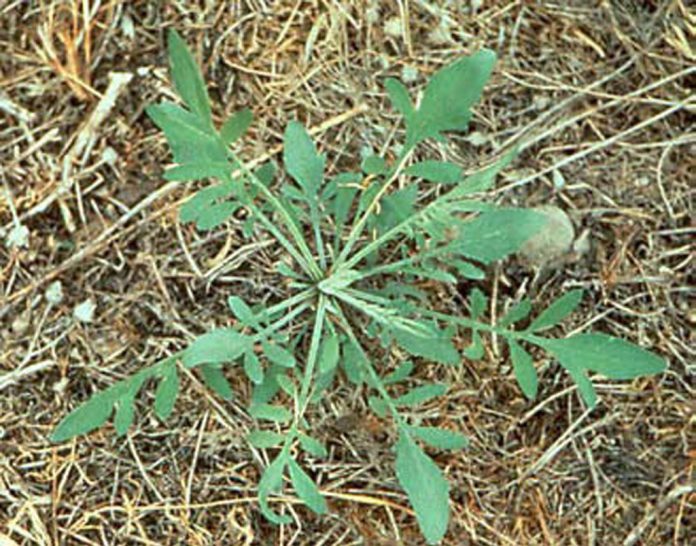
This past week one of my regular extension clients passed away. His name was Joe. Joe farmed on the border of Noble and Monroe counties and regularly attended programs that may benefit his farm and family. He was an admirable man and leaves behind a respectable legacy.
Though his life’s impact goes far beyond scouting for spotted knapweed, it is one of the things I will coin with his name in my programs for years to come. Joe attended our first public spotted knapweed information program in Summerfield, Ohio and went home and started to watch for this damaging and aggressive weed.
It didn’t take long for him to find some nearby and not long after, he began to find it on his farm. He was the most diligent spotted knapweed scouter I have met yet. If only we all would scout like Joe.
Scouting
On a farm visit during the height of the pandemic, Joe invited me out to his farm to take a look at his pasture, his tractors, his cattle and his wife’s sheep. All were managed with care and although he didn’t make a lot of profit on his operation, it brought him joy.
While riding around in the buggy together he demonstrated his spotted knapweed control methods for me. He always kept a can of spray paint and some marker flags in the buggy bed. If he saw some knapweed while driving around he would stop, set a flag, paint a circle around the spot, and either pull or spray the weed. In the weeks following he would return to the marked area to watch for additional weed spread.
That is the type of approach it really takes to keep spotted knapweed from spreading. Joe listened and Joe acted on what he heard. I will miss having him as part of our captive audience and as a voice for the value of extension in our area. But most of all, I will miss Joe’s chuckle while we talk as a group at our monthly farmers’ breakfast.
Things to know
As we continue to advocate for spotted knapweed control in southeast Ohio, I will continue to advocate that people scout like Joe. If you are still unfamiliar with spotted knapweed and the reasons it causes us concerns here are a few things you should know: It is difficult for many people to identify.
The color of the flower is similar to that of red clover, the growth habit is similar to chicory and the flower shape is similar to Canada thistle and ironweed. However, the combination of growth habit, color and flower shape is unique to spotted knapweed.
This weed is similar to a biennial, in that the first year of growth there is no flower. The plant will flower in the second year and continue to flower in the years following. It is a prolific seed producer, so if knapweed is ignored in year two, you can experience a population explosion in year three.
Knapweed is a forb that is responsive to multiple broadleaf herbicides. Mowing is marginally successful. It does help prevent the development of seed, but it is able to flower below the height of the mower deck. Chemical treatment has been successful in grass pastures of our region if timed appropriately.
The mature seed heads resemble Canada thistle, a tight cluster of seeds with a fluffy pappus attached. The pappus helps the seed move with wind, water, animals and vehicles. Knapweed is aggressive because it has few natural predators in Ohio. Animals are unfamiliar with it and it thrives on marginal soils. It can out-compete weak stands of desirable plants for nutrients.
Assistance
There is still help available for landowners in my area who spot spotted knapweed on their property. The Spotted Knapweed Treatment for Ohio Producers Project is funded through the Regional Conservation Partnership Program, which is administered by the Natural Resources Conservation Service.
Landowners of Noble, Guernsey, Muskingum and Morgan counties are still eligible to apply for cost recovery funds to treat spotted knapweed in pasture and hayfields. To learn more about the project or to submit an application, visit your local U.S. Department of Agriculture Service Center or visit the NRCS website and select “Get Started with NRCS.”
If you come across something you suspect might be spotted knapweed, contact your county extension office for assistance with identification and control. We are ready and willing to help.












